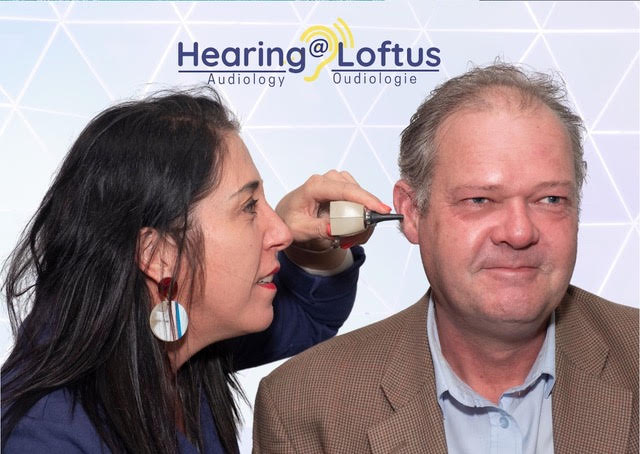Initial Consultation
We begin with a thorough discussion of your hearing concerns, medical history, and lifestyle needs to tailor the assessment to your specific situation.
Hearing loss is the loss of hearing in one or both ears, ranging from
mild to
profound, and is most common among people older than 60,
but it can affect anyone at any
age. The impact of hearing loss can be profound –
it affects the ability to communicate with others,
which can lead to social isolation, loneliness, decreased confidence,
and frustration, particularly
among older people, ultimately
impacting overall wellbeing and quality of life.
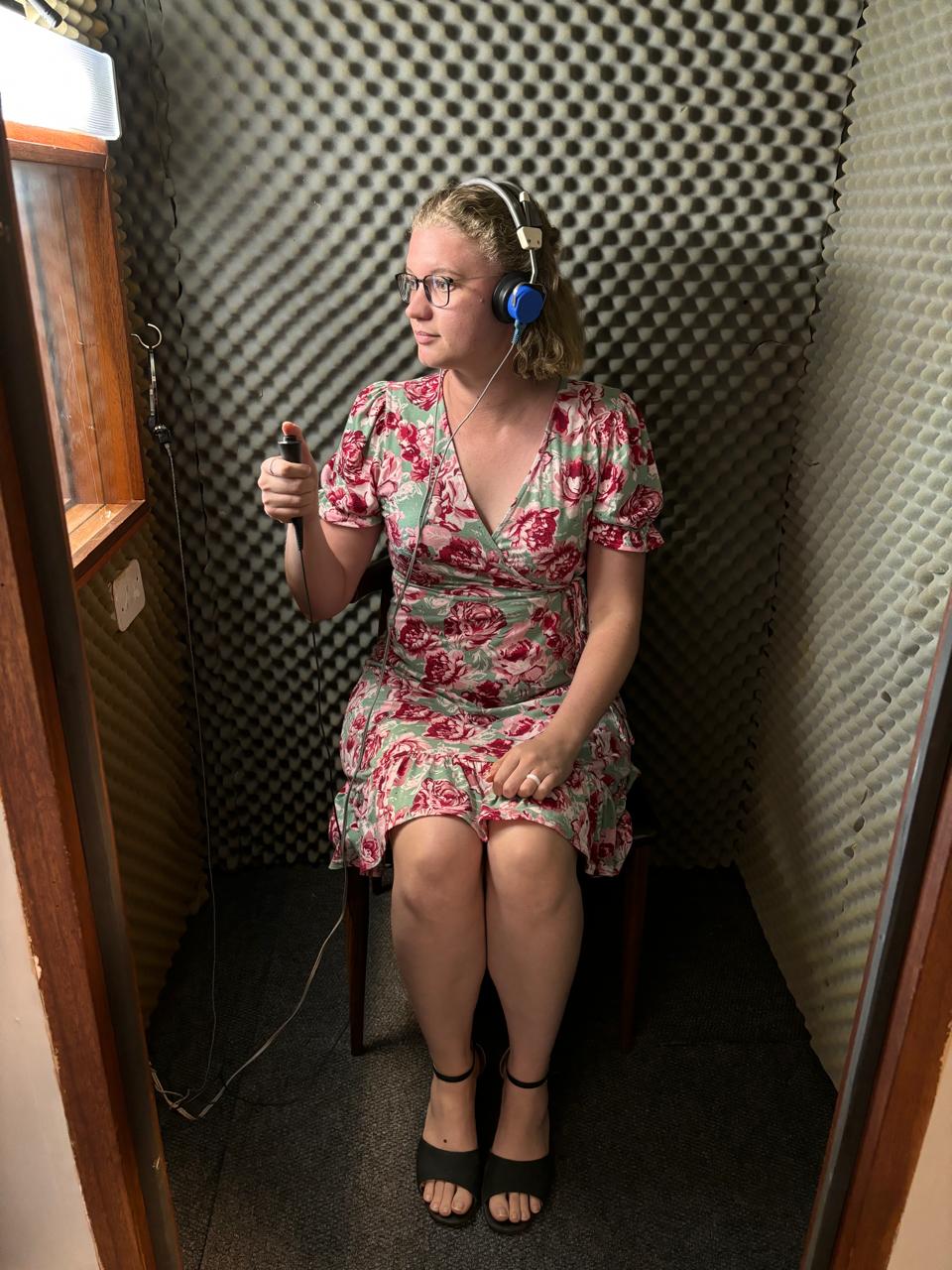
An audiologist diagnoses and manages hearing and balance problems. This includes hearing tests, fitting hearing aids, and providing therapy for communication difficulties.
Not really. If you’ve been sick with a cold or sinus infection, it’s best to reschedule since that can affect results.
Adults should have a baseline test every 2–3 years, or sooner if you notice difficulty hearing. Seniors and those exposed to loud noise may need annual checks.
Nope. They’re completely non-invasive. You’ll wear headphones and respond to sounds, and some tests just involve a gentle probe in the ear.
Usually 45–60 minutes, depending on your history and the range of tests performed.
Many do, but coverage varies widely. Always check your specific plan. Some may require pre-authorisation or a referral.
Absolutely. Audiologists can test newborns, toddlers, and school-age children using age-appropriate techniques to ensure early detection of hearing issues.
You’ll discuss tailored next steps, which may include further medical checks, hearing aids, or other management strategies suited to your lifestyle.
Yes. Audiologists can manage tinnitus with sound therapy, hearing aids, counselling, or relaxation techniques depending on severity and cause.
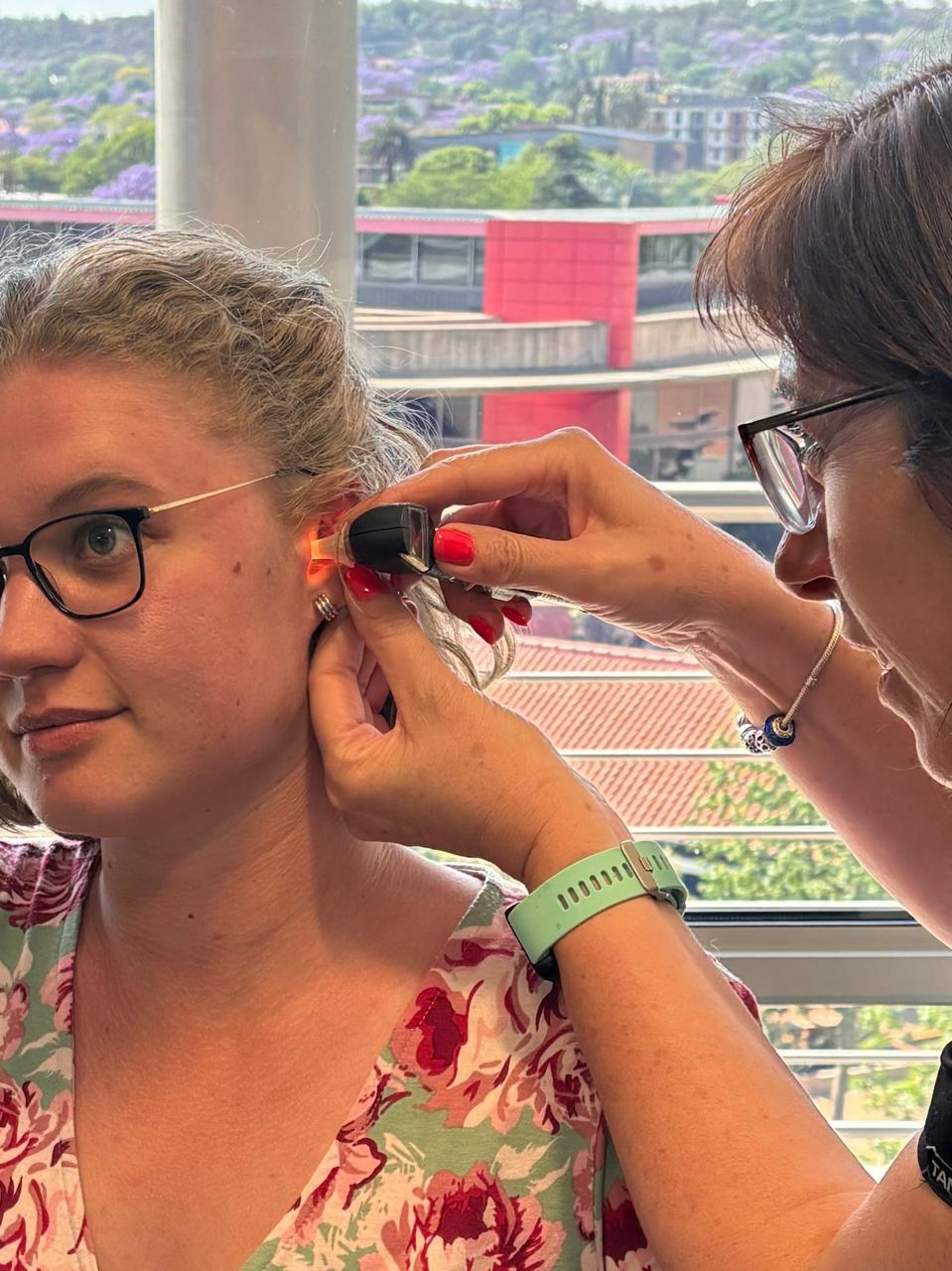
Higher-pitched tones may become muffled, making it difficult to pick out words against background noise. Certain noisy occupations can increase your risk of developing hearing loss. The easiest type of hearing loss to prevent is noise-induced hearing loss by limiting exposure to loud noise and wearing hearing protection.
Hearing protection comes in the form of earplugs, earmuffs, or noise-canceling headphones. Hearing@Loftus specialises in custom hearing protection earplugs that are Department of Labour and SABS certified. Correctly sized and inserted, they provide excellent hearing protection for:
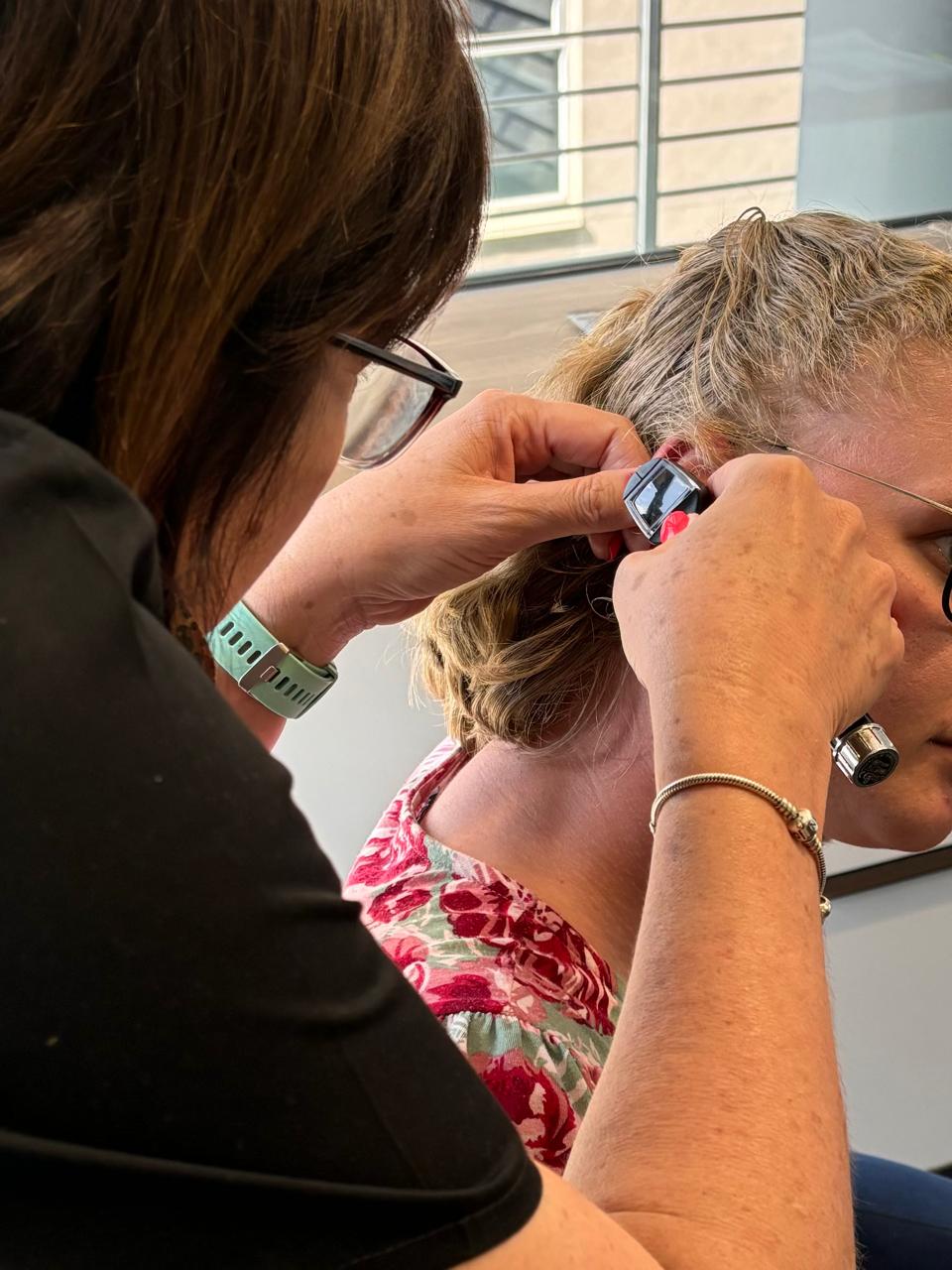
We begin with a thorough discussion of your hearing concerns, medical history, and lifestyle needs to tailor the assessment to your specific situation.
Using video otoscopy, we examine your ear canal and eardrum to check for any visible issues that might be affecting your hearing.
We conduct a series of tests in our sound-treated booth to measure your hearing sensitivity and ability to understand speech.
We take time to explain your results in easy-to-understand terms and discuss all available options for addressing any hearing concerns.
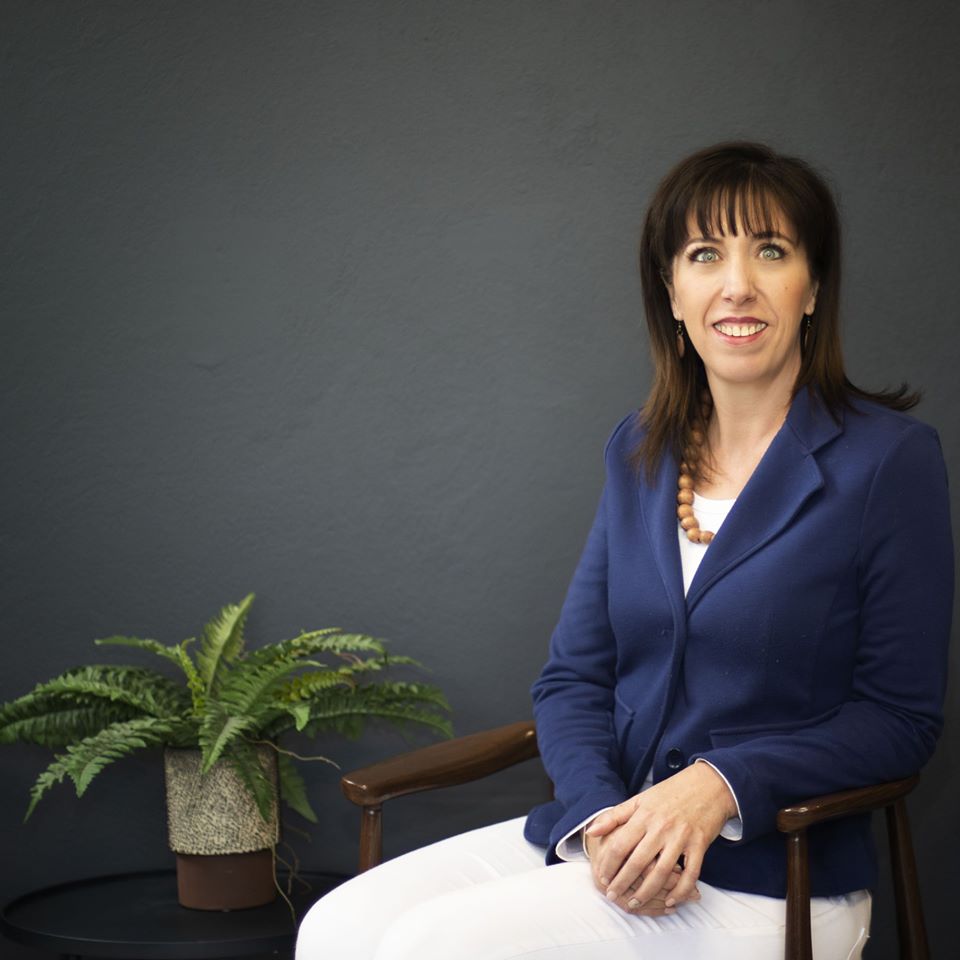
Janah du Plessis is a clinical audiologist with over 20 years of experience specializing in diagnostic audiology. Her practice is built on a foundation of expert knowledge, continuously refined through two decades of clinical work and a commitment to professional development. Janah is distinguished by her use of the latest audiological technology and evidence-based assessment techniques, which allow for a highly detailed and nuanced understanding of each patient's hearing profile. She is skilled in administering a full battery of tests, including pure-tone audiometry, speech audiometry, immittance testing, and otoacoustic emissions (OAEs), ensuring no aspect of auditory health is overlooked. Her ultimate goal is to translate complex diagnostic data into a clear, actionable treatment plan that significantly enhances her patients' communicative abilities and daily living.
Safe, gentle methods performed by a professional for instant relief.
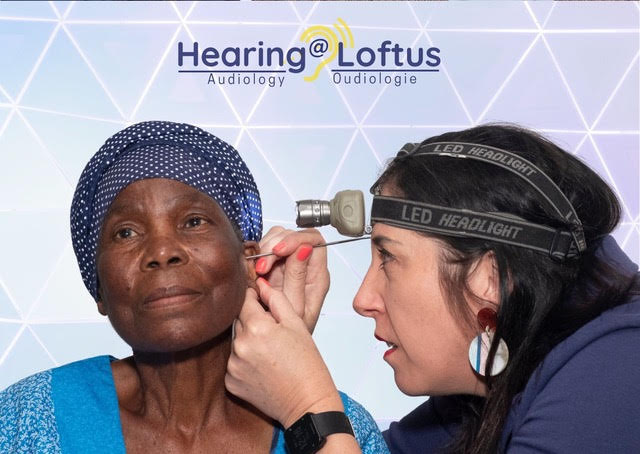
Technology that supports your lifestyle, fitted and tuned for comfort and clarity.
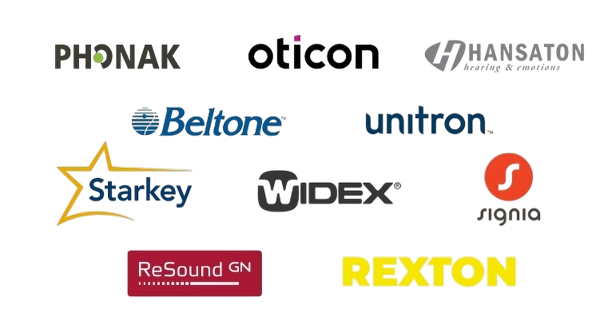
Protect your hearing with comfortable, SABS‑compliant solutions for work and play.
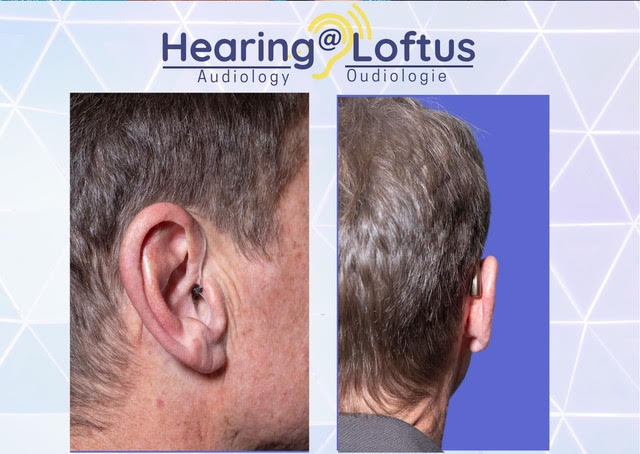
Prevent those annoying moments when water is in your ear and avoid infections like Swimmer's Ear.
Swimming earplugs are specially designed to prevent water from entering the ear canal which can often lead to infection while swimming. Swimmer's Ear (Otitis Externa) is a painful infection caused by swimming for long periods of time and can result in hearing loss.
It is therefore recommended to protect your ears when swimming to prevent discomfort and possible infection.
Waterproof earplugs are typically used by athletes, children, and people who suffer from perforated eardrums or those prone to infection.
There are two types of swim earplugs: custom swim earplugs and one-size-fits-all swim earplugs, normally available at pharmacies.
Hearing@Loftus specialises in creating swim earplugs tailor-made for you. For kids with certain ear problems, swim earplugs are often recommended. Let us help you design the perfect swimming earplug for you or your child, ensuring a safe and infection-free swimming experience wherever you are.
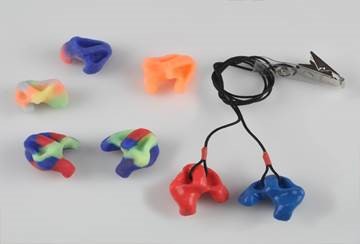
Tinnitus is best described by those who suffer from it, as a ringing, humming, whooshing, or buzzing sound coming from within your ear.
You may have experienced this tinnitus sound briefly when leaving a noisy environment, such as a concert or nightclub. Often, it goes away on its own within a day or two. However, for those who experience this long-term, daily life can become disrupted.
Tinnitus can make it difficult to concentrate, sleep, and even hear. If your symptoms are affecting your life, it is important to consult with an audiologist to learn more about possible treatments and solutions. While tinnitus is not always curable, there are many treatments available that can help relieve the symptoms.
Consult an Audiologist